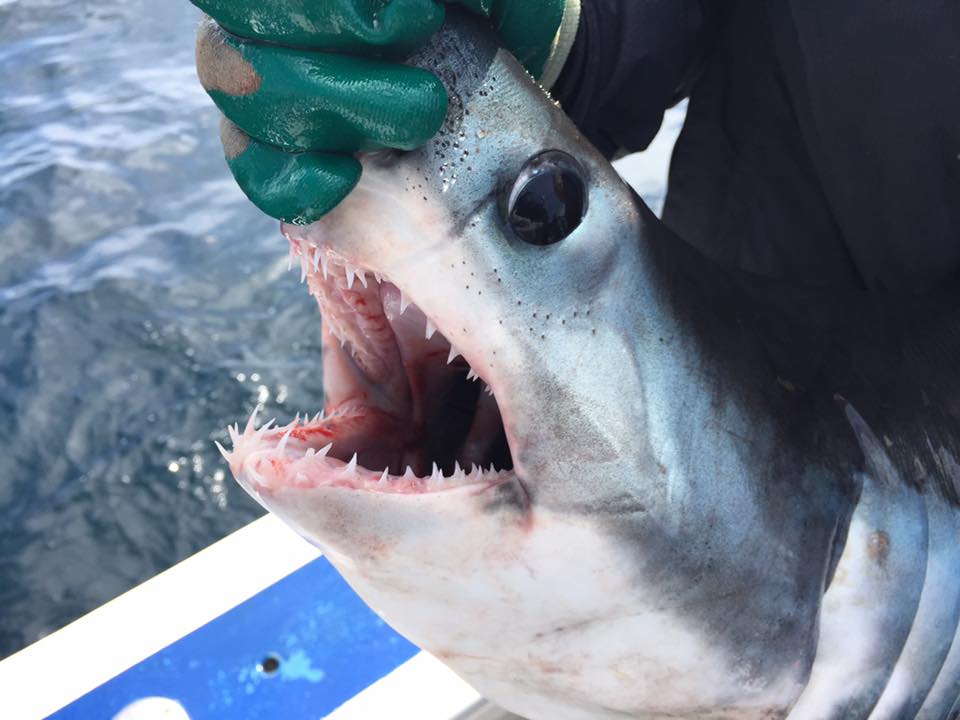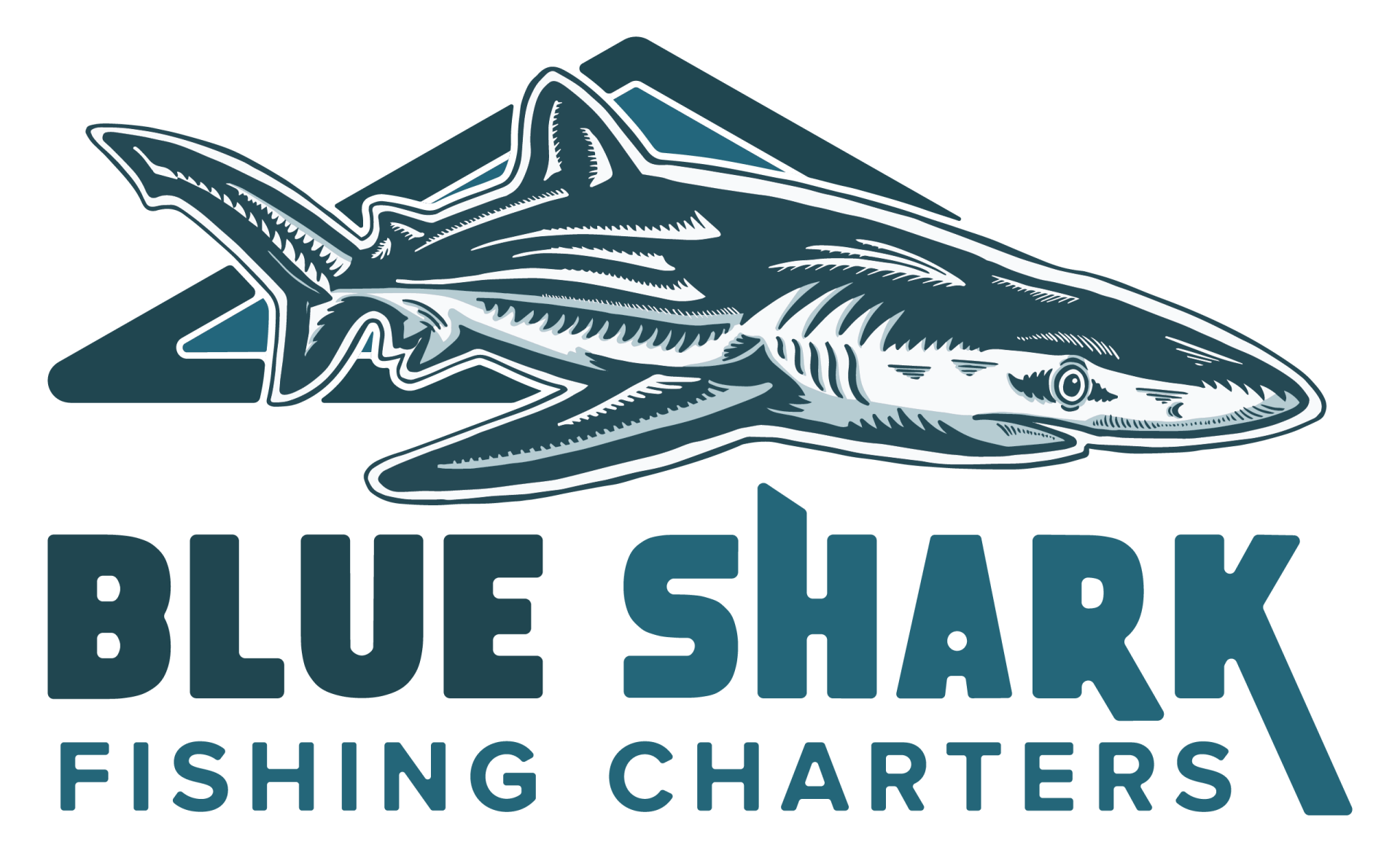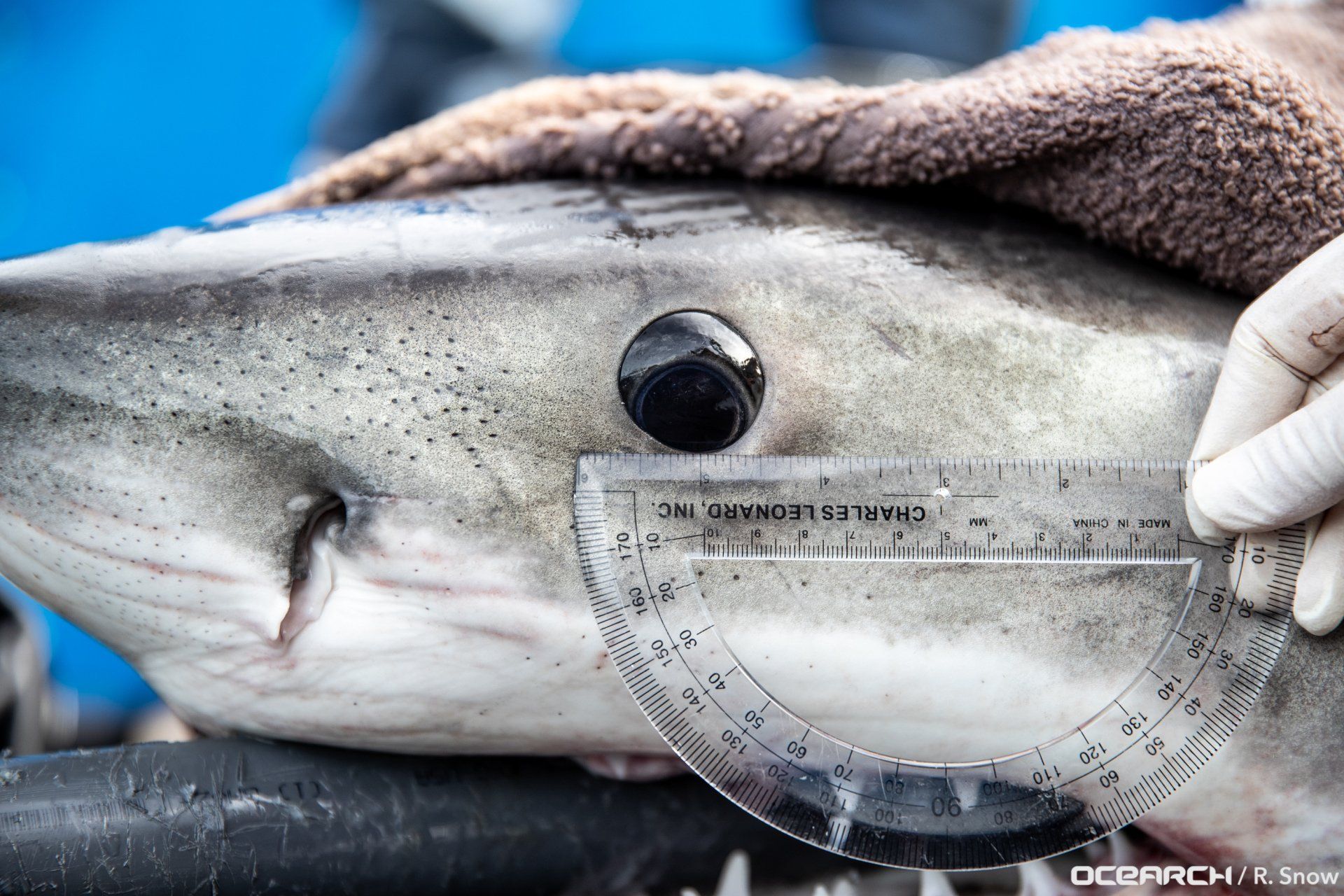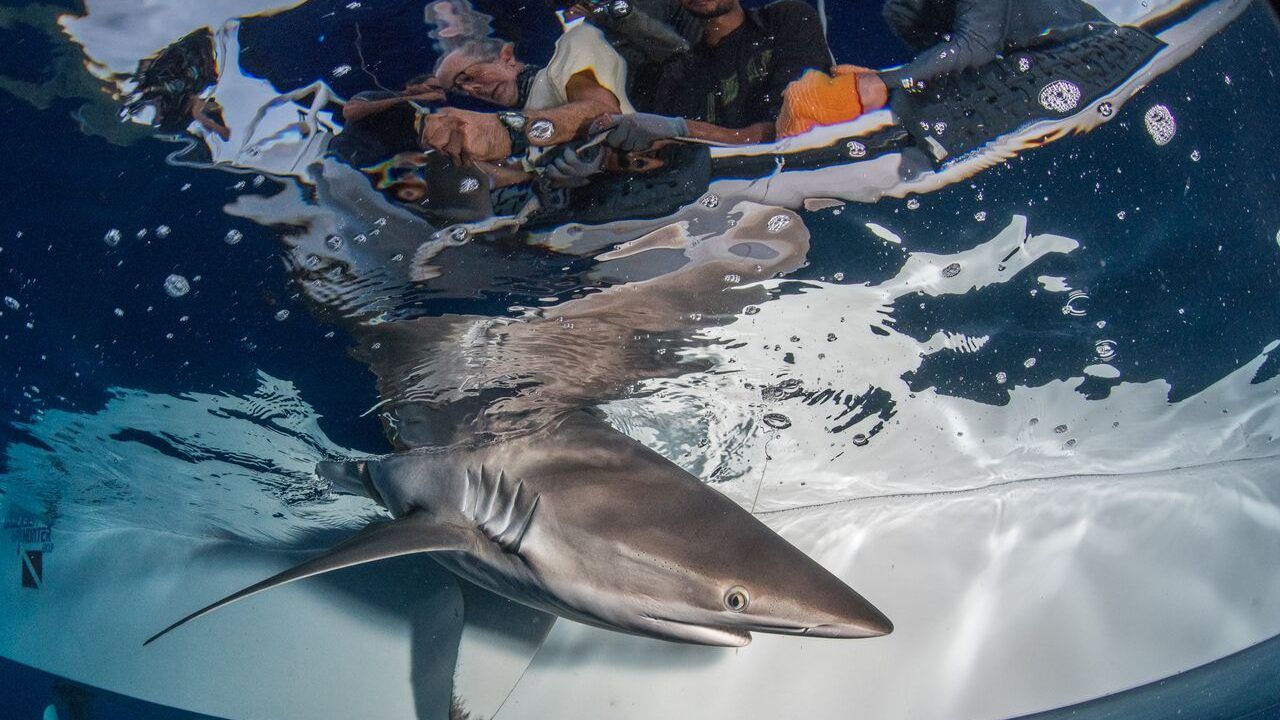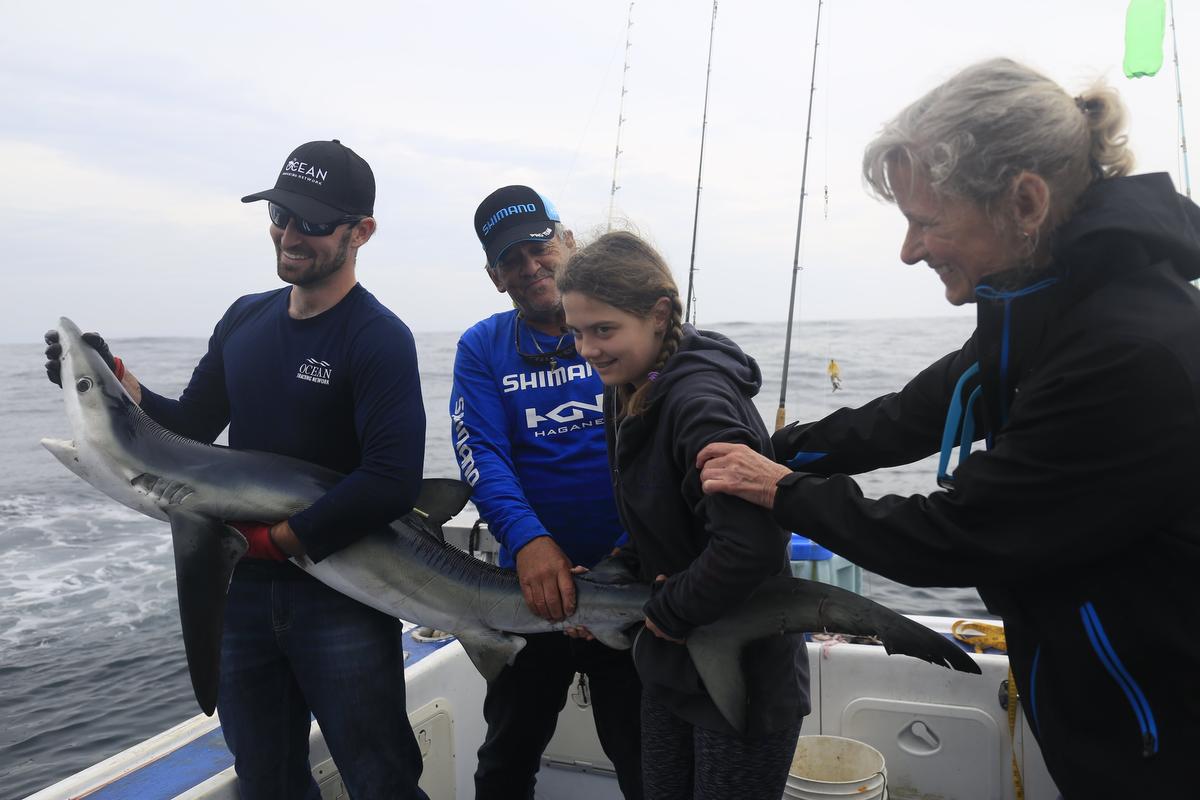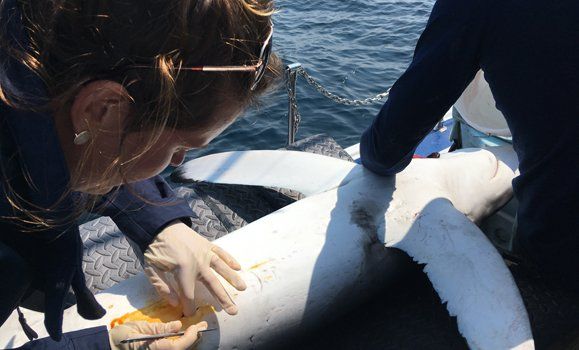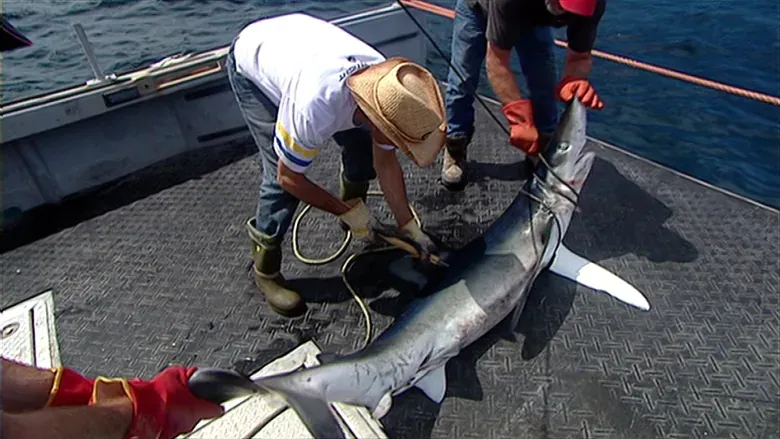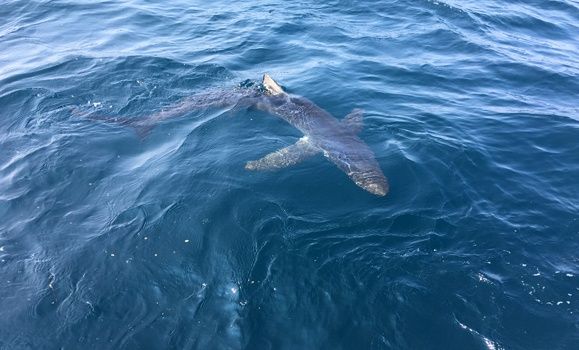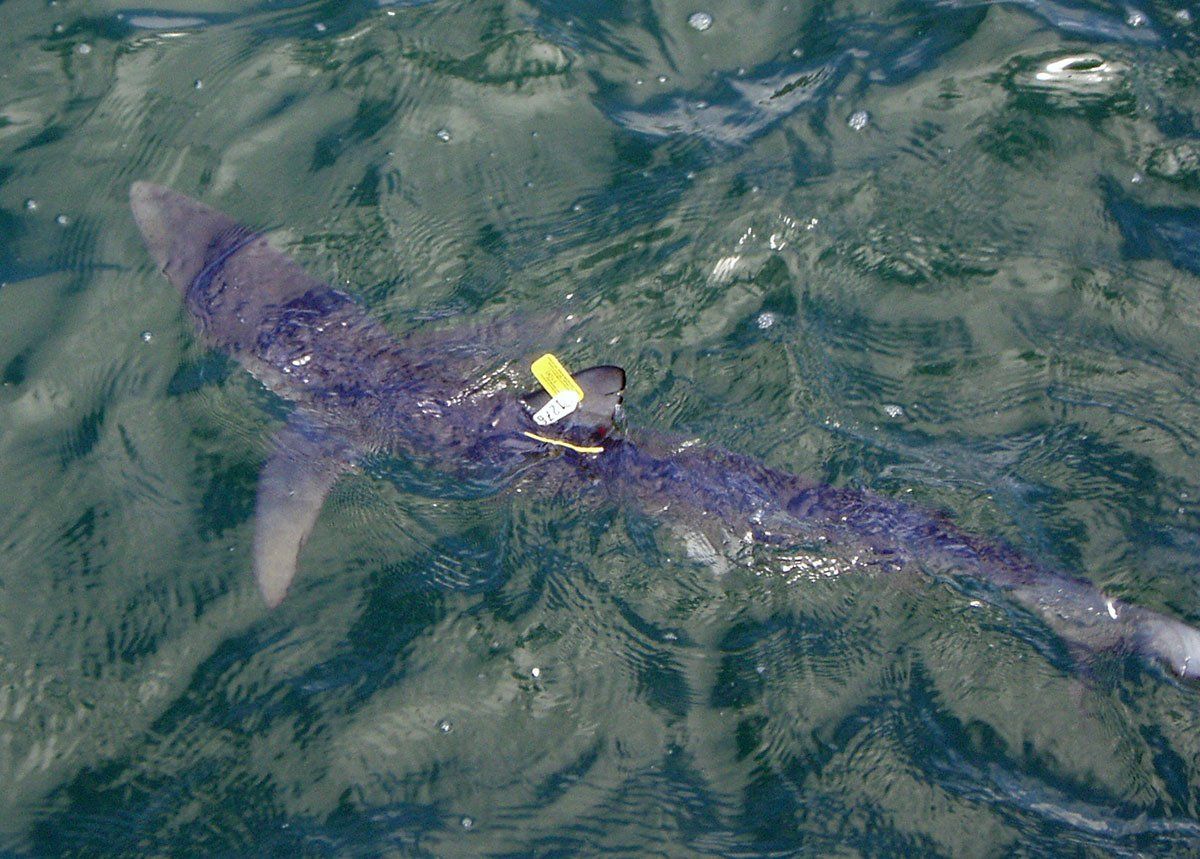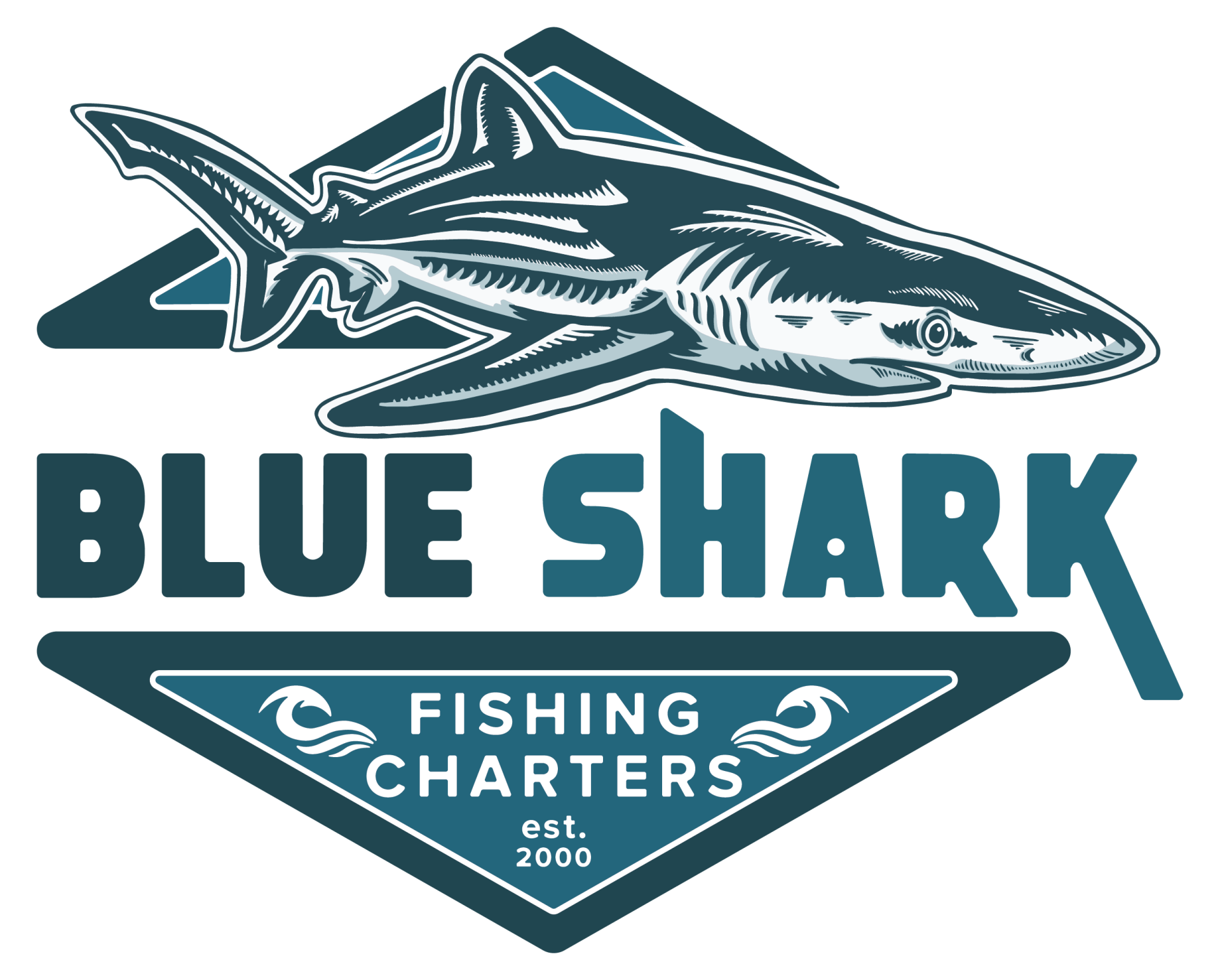MARINE RESEARCH
Blue Shark Charters Science Platform: Science & Fishing Working Together For The Preservation of the Shark Population
SCIENCE RESEARCH FOR PRESERVATION
Tagging is very important for the study and research into shark populations, their migration patterns, their response to climate change, and their overall behaviors.
What originally began as an aside for Blue Shark Fishing Charters has become an essential part of the way we operate. Tagging is very important for the study and research into shark populations, and plays are large part towards the preservation of this vital species.
Our tagging efforts contribute to projects led by the Canadian Atlantic Shark Research Lab at the Bedford Institute of Oceanography, Dalhousie University and Ocean Tracking Network, as well as ShARCC (Sharks of the Atlantic Research and Conservation Centre). Recent joint projects include the deployment of satellite tagging devices on Porbeagle, Blue, and Great White shark.
Tagging Season
Tagging Season
During June, July, September and October, the sea surface temperatures off Nova Scotia creep up just enough to entice cold blooded shark populations to flourish in our waters.
Methodology
Sharks are captured using rod and reel, gently lifted on to a specialized table and an electronic acoustic tag is inserted into the abdominal cavity. The process takes roughly four minutes.
Knowledge Gained
The study seeks to understand the behaviour and seasonal migrations of a specific population of blue sharks. So far, data from sharks’ acoustic tags suggest a pupping area approximately two hours off the coast of Halifax where the sharks give birth to live young. Most of the individual sharks caught and tagged are juvenile females that hang around until late autumn or early winter before moving off the Scotian Shelf.
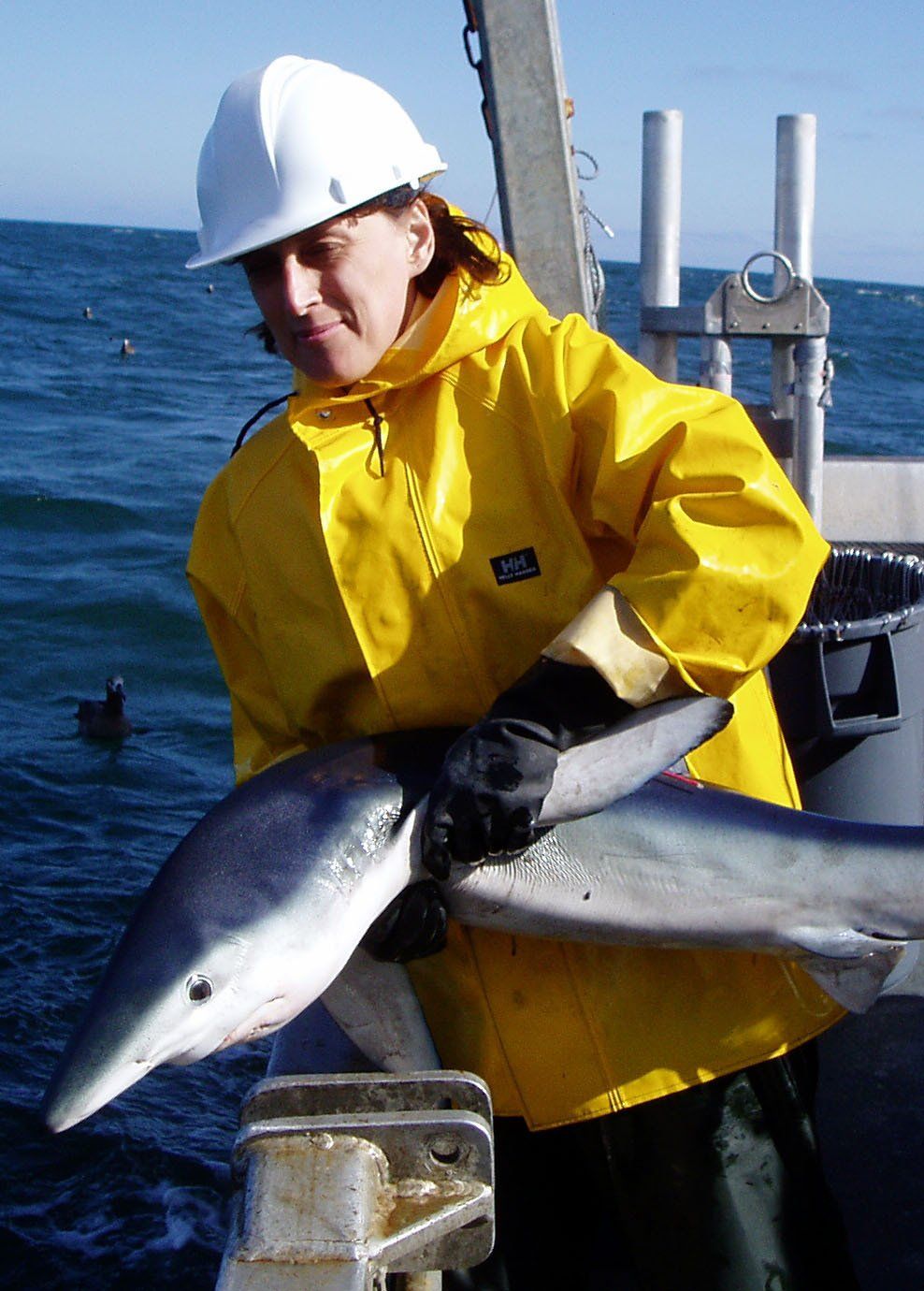
Follow Us
Follow Us
